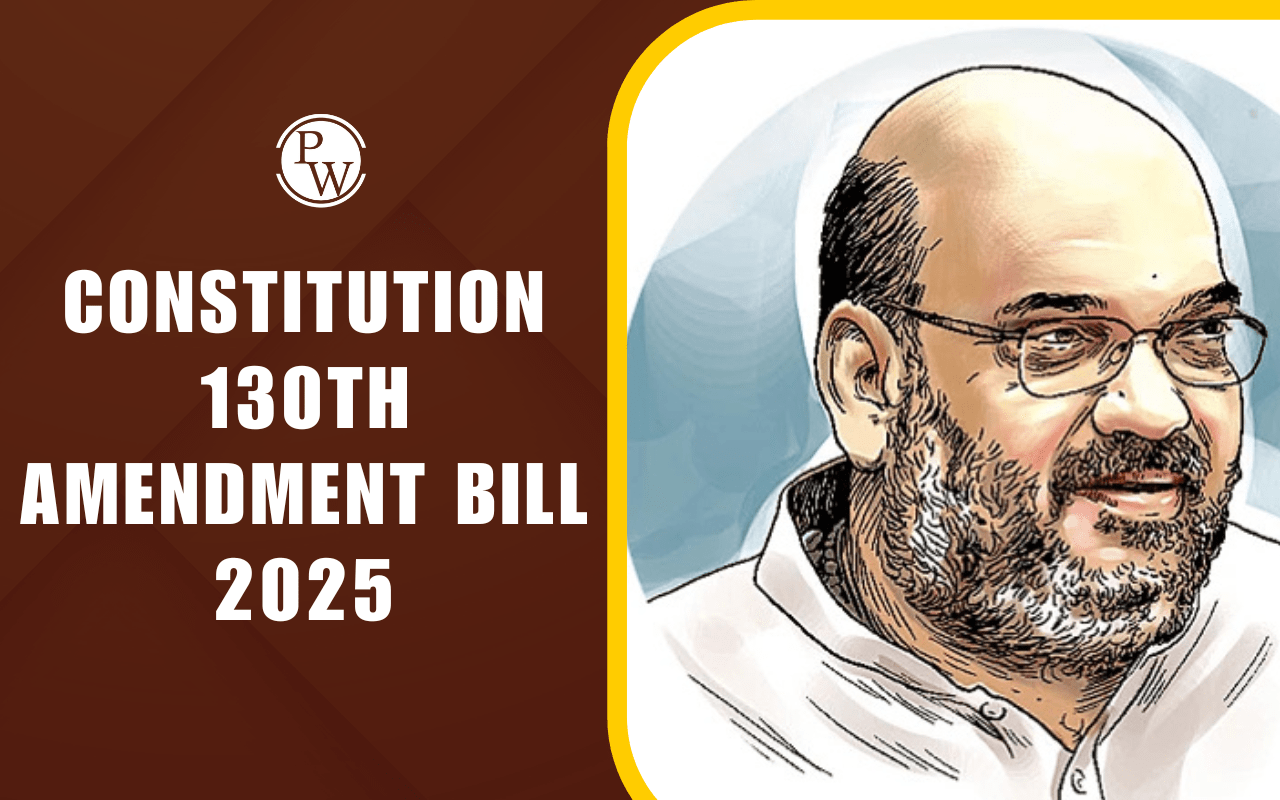

Unified Pension Scheme : In a significant development for central government employees, recently the Government of India approved the Unified Pension Scheme (UPS). This new pension scheme also known as the UPS Pension Scheme is expected to benefit 23 lakh employees.
UPS Pension Scheme aims to provide a guaranteed pension equal to 50% of the average basic pay of the last 12 months before retirement, particularly benefiting those with at least 25 years of servic e. Read on to learn about key features of the UPS Pension Scheme, eligibility criteria, UPS pension calculation formula, and how it differs from the previous pension scheme.UPS Pension Scheme 2024
The UPS Pension Scheme Full Form is the Unified Pension Scheme. It is a new pension scheme introduced by the Indian government for central government employees. This scheme is set to replace the 21-year-old National Pension System (NPS). The UPS Pension Scheme 2024 represents an updated version of the pension scheme, incorporating new features and improvements. This version addresses the evolving needs of government employees and ensures that they receive adequate social security during their retirement years. The UPS Pension Scheme was approved by the Indian Cabinet on August 24, 2024, and will come into effect from April 1, 2025 . It will cover 2.3 million central government employees. If state governments adopt the Unified Pension Scheme, the number of employees could be expanded to 90 million.Also Read: Old Pension Scheme
Key Features of UPS Pension Scheme
The government has shared silent features of the UPS scheme which is set to be effective from April 1, 2025. Here are the key features of the UPS Pension Scheme: Assured Pension: Guaranteed 50% of the average basic pay drawn over the last 12 months before retirement with at least 25 years of service. For less than 25 years, the pension will be proportional, with a minimum of 10 years of service required. Family Pension: In case of the demise of the employee, the family will receive 60% of the pension. Minimum Pension: A minimum of 10,000 per month on superannuation is assured if the employee completes at least 10 years of service in the central government.Inflation Adjustment: There is provision of inflation adjustment on assured pension, assured family pension, and assured minimum pension. The dearness relief will be given based on the All India Consumer Price Index for Industrial Workers (AICPI-IW). Lump Sum Payment: In addition to gratuity, 1/10th of monthly emoluments (pay + DA) as on the date of superannuation for every completed 6 months of service. This lump sum payment does not affect your guaranteed pension amount.
How to Calculate UPS Pension?
As per the UPS pension calculator , the pension is determined as 50% of the average basic salary earned during the final 12 months before retirement. The contribution formula is as follows as per the UPS calculator for pension scheme:- Employees Contribution: 10% of basic salary and DA.
- Government Contribution: 18.5% of the employee’s salary.
UPS Pension Scheme Eligibility
The eligibility criteria for the UPS Pension Scheme are as follows:- Employees with at least 10 years of service are eligible for a pension under the UPS.
- To be eligible for full benefits of the Unified Pension Scheme employees must have completed at least 25 years of service.
- UPS scheme is optional for current employees under the National Pension System (NPS) and those taking Voluntary Retirement under NPS.
Also Read: New Pension Scheme
How is the UPS Pension Scheme Different from NPS?
The UPS Pension Scheme differs from the National Pension System (NPS) in several ways:| UPS Pension Scheme Vs NPS | ||
| Feature | National Pension System (NPS) | UPS Pension Scheme (UPS) |
| Date of Effect | January 1, 2004 | April 1, 2025 |
| Beneficiary | Both government and private sector employees | Government employees |
| Pension Calculation | Pension based on market returns from contributions, with no guaranteed amount. | Assured pension of 50% of average basic pay from the last 12 months before retirement |
| Contribution | Employees contribute 10% of their basic pay; government contributes 14%. | Employees contribute 10% of their basic pay and DA; government contribution increases to 18.5%. |
| Family Pension | Family pension depends on the accumulated corpus and chosen annuity plan. | Family receives 60% of the employee's pension upon their death. |
| Inflation Indexation | The pension amount is not adjusted for inflation; depends on market performance. | Adjusted for inflation. |
Benefits of the UPS Pension Scheme
The UPS Pension Scheme transforms the National Pension System by incorporating missing features to ensure financial security for retirees and their families. Here are some of the major benefits of the UPS pension system:- Enhanced Financial Security: Unlike the market-linked NPS, the UPS guarantees a fixed pension amount post-retirement, which is crucial for maintaining the standard of living.
- Family Protection : By incorporating the family pension provision, UPS ensures financial security for the dependents in the event of the retiree's passing.
- Increased Contribution: Under the UPS, the government's contribution increased to 18.5% from 14% under the NPS while employee contributions remained the same.
- Adaptability: The UPS provides inflation-linked adjustments to the pension based on the CPI - Industrial Workers so that retirees' purchasing power is maintained in the future.
- Comprehensive Coverage: The UPS Pension Scheme incorporates various other features such as lump-sum payment at superannuation, optional provision to join it, etc. making it more robust than NPS and OPS.
UPS Pension Scheme Challenges
While the UPS Pension Scheme offers several benefits, it also presents challenges in terms of additional financial burden on the government.- The government estimates an additional expenditure of Rs. 6,250 crore in the first year due to the increased contribution to the pension fund.
- This scheme may strain the finances of state governments if they choose to adopt the UPS for their employees.
- The transition process will be slightly challenging and require careful planning to make sure that current beneficiaries are not negatively affected.
- UPS scheme needs to ensure that it effectively communicates the changes to employees to avoid any confusion. Also, there is a need for robust administrative frameworks to manage the implementation.
| UPSC Related Articles | ||
| UPSC Exam Analysis | UPSC Prelims Cut Off | UPSC CSAT |
| UPSC Exam Strategy | UPSC 2025 Exam Date | Waqf Board Amendment Bill 2024 |
UPS Pension Scheme FAQs
What is UPS in the pension scheme?
The UPS also known as the Unified Pension Scheme, is a new pension initiative for government employees that guarantees a pension of 50% of the average basic pay from the last 12 months before retirement, along with additional benefits.
What is the difference between UPS and old pension schemes?
In NPS the pension is not fixed as it is linked to the market while in UPS it is fixed. In the Old Pension Scheme (OPS) it was 50% of the last drawn basic salary + dearness allowance (DA) which is 50% of the average basic pay drawn over the last 12 months in the UPS pension scheme.
What is the difference between OPS and UPS?
The OPS provided a fixed pension based on the last drawn salary without requiring employee contributions, whereas the UPS requires a 10% contribution from employees.
Which is better, NPS or UPS?
The UPS is generally considered better for those seeking a guaranteed pension amount, while the NPS is more suitable for individuals willing to invest in a market-linked system.
UPS pension scheme kya hai?
UPS pension scheme ek nayi pension yojana hai jo sarkari karmachariyon ko unki antim 12 mahine ki aay ka 50% pension pradan karta hai, saath hi ismein kuch anya labh bhi shamil hain.
How to do UPS pension calculation?
To calculate your pension under the Unified Pension Scheme (UPS), take 50% of your average basic salary over the last 12 months before retirement, applicable if you have at least 25 years of service, with a minimum pension of ₹10,000 for those with 10-25 years of service.
Talk to a counsellorHave doubts? Our support team will be happy to assist you!

Check out these Related Articles
Free Learning Resources
PW Books
Notes (Class 10-12)
PW Study Materials
Notes (Class 6-9)
Ncert Solutions
Govt Exams
Class 6th to 12th Online Courses
Govt Job Exams Courses
UPSC Coaching
Defence Exam Coaching
Gate Exam Coaching
Other Exams
Know about Physics Wallah
Physics Wallah is an Indian edtech platform that provides accessible & comprehensive learning experiences to students from Class 6th to postgraduate level. We also provide extensive NCERT solutions, sample paper, NEET, JEE Mains, BITSAT previous year papers & more such resources to students. Physics Wallah also caters to over 3.5 million registered students and over 78 lakh+ Youtube subscribers with 4.8 rating on its app.
We Stand Out because
We provide students with intensive courses with India’s qualified & experienced faculties & mentors. PW strives to make the learning experience comprehensive and accessible for students of all sections of society. We believe in empowering every single student who couldn't dream of a good career in engineering and medical field earlier.
Our Key Focus Areas
Physics Wallah's main focus is to make the learning experience as economical as possible for all students. With our affordable courses like Lakshya, Udaan and Arjuna and many others, we have been able to provide a platform for lakhs of aspirants. From providing Chemistry, Maths, Physics formula to giving e-books of eminent authors like RD Sharma, RS Aggarwal and Lakhmir Singh, PW focuses on every single student's need for preparation.
What Makes Us Different
Physics Wallah strives to develop a comprehensive pedagogical structure for students, where they get a state-of-the-art learning experience with study material and resources. Apart from catering students preparing for JEE Mains and NEET, PW also provides study material for each state board like Uttar Pradesh, Bihar, and others
Copyright © 2025 Physicswallah Limited All rights reserved.
Get App









